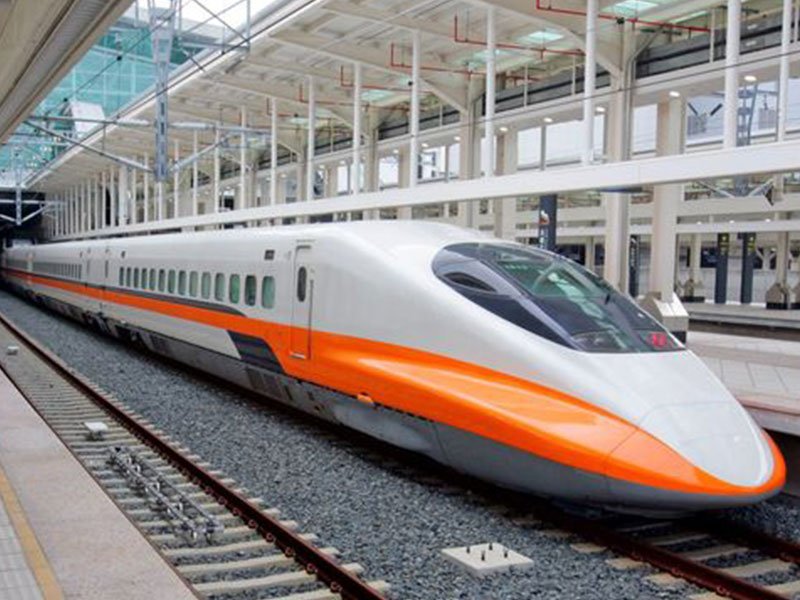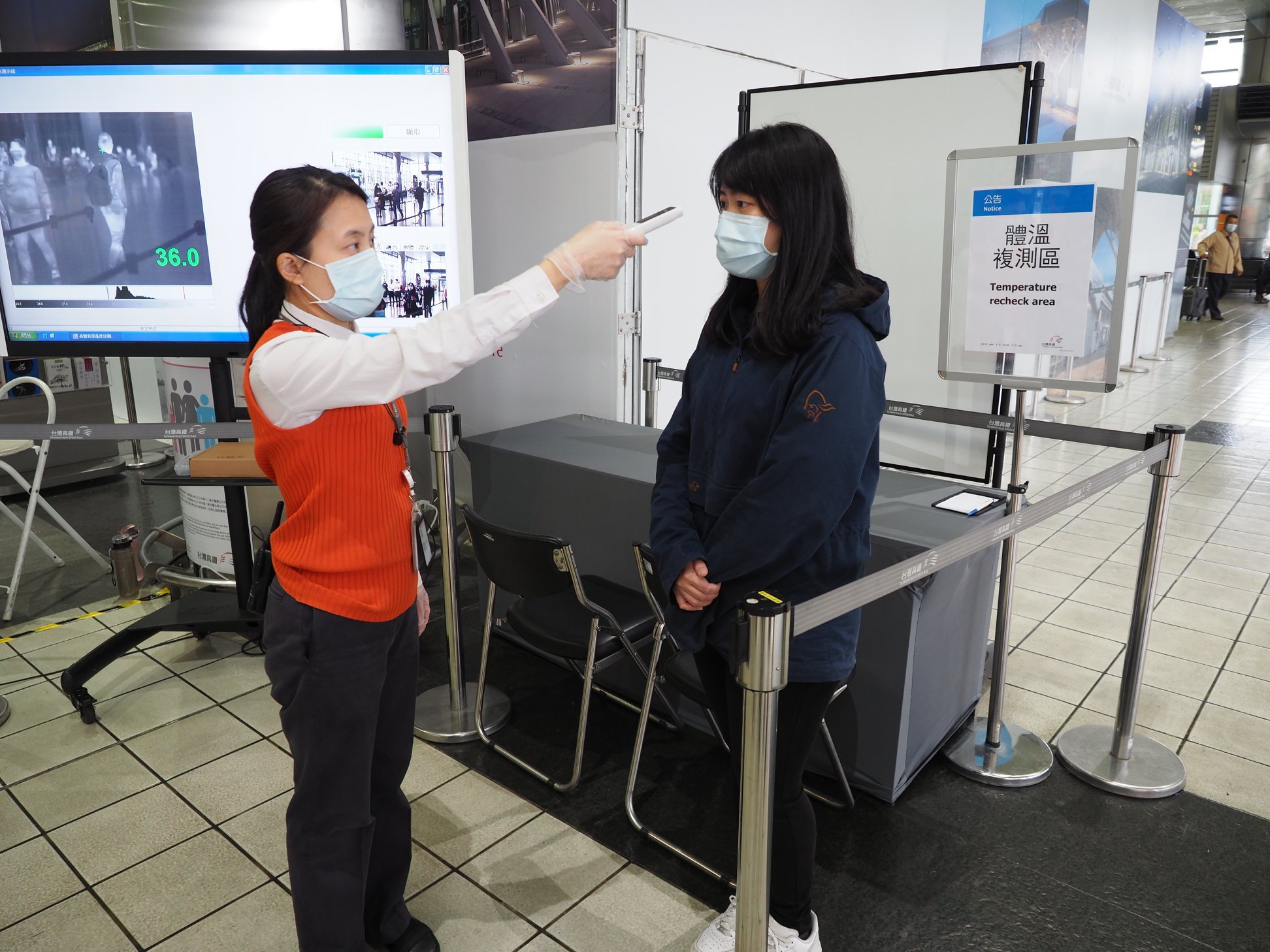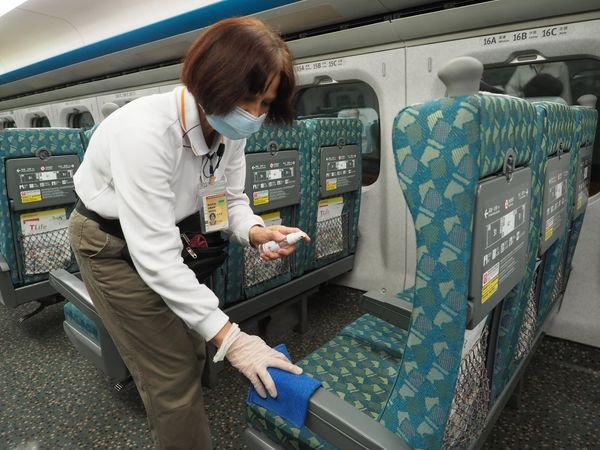
The COVID-19 crisis has had a huge impact on people's lives and personal finances, and also on national economies. In many countries, governments have implemented curfews and restrictions on gatherings, and travel has been greatly constrained. However, even under these circumstances, public transportation, such as trains, is considered an essential urban function and has continued to operate. High-speed rail (HSR) is also considered an essential part of many nations’ core infrastructure and has continued to operate by undertaking various safety measures and initiatives.
Japan's high-speed rail network is no exception. In Japan, a state of emergency was declared in the Tokyo area on April 7, 2020, and expanded to the rest of the country on April 16. Residents were requested to refrain from nonessential gatherings and travel, but the Japanese Shinkansen continued operations on all seven routes, spanning 30,000 km nationwide, to provide transportation for medical and other essential workers. Japanese Shinkansen trains are engineered to provide exceptional ventilation performance. Air within Shinkansen cars is recirculated once every 6 to 8 minutes while operating at high speed, so the risk that the virus will spread within cars is low, even when traveling long distances. In addition, in order to protect both passengers and employees, HSR operators have taken several proactive safety measures against COVID-19. For example, all employees are required to wear masks and cabin announcements encourage the staggering of commuting hours and request cooperation by passengers with respect to coughing and other health-related etiquette. Furthermore, extra efforts are being made to thoroughly clean and sterilize passenger facilities, especially areas that are frequently touched by passengers, such as cabin door knobs and washstands. Due to such safety measures, no cluster infections have occurred to date on Shinkansen trains in Japan.
The Japanese Shinkansen system is also used in Taiwan. Taiwan HSR, with a total length of about 350 kilometers, connects Taipei, Taichung, Kaohsiung, and other major cities representing over 90% of Taiwan’s population in just 90 minutes. The Japanese Shinkansen in Taiwan has been supporting Taiwan's economic and social activities since it began operation in 2007. In January this year, the total number of Shinkansen passengers in Taiwan exceeded 600 million. Taiwan HSR has truly become a part of that nation's core infrastructure.
Taiwan has been drawing attention from the world for its success in containing COVID-19. However, throughout this crisis, the nation has never ceased operation of high-speed rail. In March 2020, Taiwan High-Speed Rail Corp. (THSRC), the operator of Taiwan HSR, stopped selling non-reserved seats to alleviate congestion during the country’s Spring Festival, and also to assist in maintaining social distancing between passengers. By selling reserved seats at the same price as non-reserved seats, the company was able to effectively implement safe distances between passengers on its trains. In April 2020, when many Taiwanese were returning from abroad due the spread of the COVID-19 crisis in other countries, THSRC initiated a policy of checking passengers' temperatures at stations, and also stopped selling box lunches, coffee, newspapers, and other products at stations and on trains to prevent infections. THSRC also carried out aggressive cleaning and sterilization measures of trains at terminal stations after each operation.
THSRC Chairman Yao-Chung Chiang (also a Senior Advisory Board Member of IHRA) expressed his expectation that even under current difficult circumstances, if employees are aware of safety risks and take responsible preventative measures, high-speed rail can continue to fulfill its social mission as part of the nation's key infrastructure. This high level of integrity and sense of mission are a reflection of the true strength of the Taiwan HSR.
High-speed rail is active in many countries, greatly contributing to people's lives, economies, and societies. Even under the COVID-19 crisis where people’s movement is constrained, high-speed rail continues to fulfill its mission as a key element of infrastructure by implementing essential safety measures as effectively as possible.

